What began as an ad-hoc response to environmental accidents has evolved into a proactive global sustainability movement. As ESG is increasingly embedded in business strategy, risk management, and regulatory compliance, here are nine key trends set to shape 2025, drawn from insights by best-selling author and strategic advisor Bernard Marr.
1. ESG in the boardroom: From compliance to core strategy
In 2025, ESG has transcended compliance and become part of corporate strategy.
In their bid to race to conform to the new reality, companies are realizing that those who adopted ESG practices a decade or so ago are outperforming others.
Marr talks about the fact that ESG is not just about compliance but has become a key part of the boardroom conversation, driving innovation and investor confidence.
A study by McKinsey & Company found that organizations that have integrated ESG frameworks achieve cost savings of up to 20% over a five-year period.
Right from decarbonization strategy to achieving net zero, from tackling residual emissions with carbon credits to attaining measurable progress, especially with reference to GHG emissions, this has acted as a broader sustainable and inclusive growth strategy outcome for McKinsey and its partners worldwide.
2. Climate change resilience: Building adaptive enterprise
Many don’t believe that climate change is real, a University of Michigan study reveals. But there is no denying that, worldwide, the climate crisis is wreaking havoc on businesses through extreme weather events such as heatwaves, floods, and storms.
The Marsh McLennan Flood Risk Index highlights that a warming climate will double the proportion of global airport capacity and trade outflows at risk of flooding.
Marr, in his video, says that businesses need to change to adapt to weather patterns and shifting consumer behaviors. It’s not a future threat; it is happening now.
There is no doubt that the ability of societies and economies to thrive in the future hinges upon today’s actions.
According to a study by Swiss Re Institute, total economic output is projected to decline between 4% and 18% by 2050 due to climate vulnerabilities.
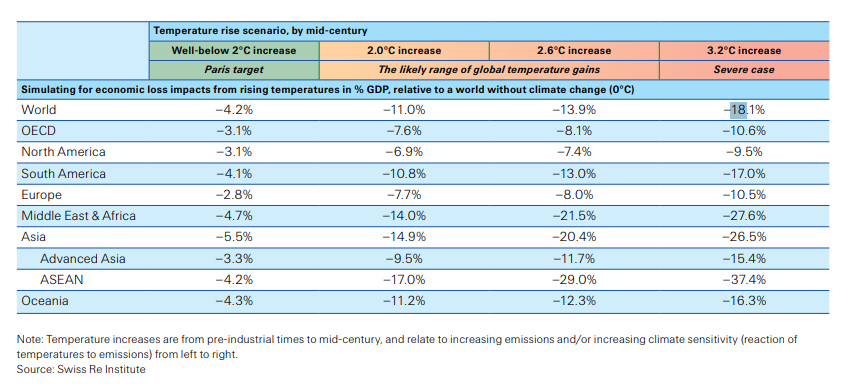
According to a recent Bain report, both private and public sectors are evaluating their climate adaptation plans, mapping climate hazards to their assets, identifying vulnerabilities, and assessing financial and operational risks.

3. The green AI revolution: Sustainable technology deployment
Marr says that while AI solves many problems, we need to address its environmental impact.
The Generative AI goldrush also brings environmental impact in the form of increased electricity demand and water consumption.
The computational power required to train and run generative AI models like OpenAI’s GPT-4 demands a staggering amount of electricity, which leads to increased carbon dioxide emissions and pressures on the electric grid.
The Chief Digital Officer of the United Nations Environment Programme (UNEP), Golestan (Sally) Radwan, believes that,
There is still much we don’t know about the environmental impact of AI, but some of the data we do have is concerning. We need to make sure the net effect of AI on the planet is positive before we deploy the technology at scale.
MIT News reports that the power requirements of data centers in North America increased from 2,688 megawatts at the end of 2022 to 5,341 megawatts at the end of 2023, partly driven by the demands of generative AI.
According to the Organization for Economic Co-operation and Development, data centers have become the 11th largest electricity consumer in the world, and by 2026, they will take fifth place on the global list, between Japan and Russia. (Source)
Gartner too believes that the power required for data centers to run incremental AI optimized servers will reach 500 terawatt hours per year in 2027.

UN Environment Programme recommends tech companies make AI algorithms more efficient, reducing their demand for energy, while recycling water and reusing components where feasible.
It also advises countries to encourage companies to green their data centres, including by using renewable energy and offsetting their carbon emissions.
Countries should also weave their AI-related policies into their broader environmental regulations, UNEP recommends.
4. Circular economy: Redefining resource utilization
In a circular economy, companies keep products and materials in circulation through maintenance, reuse, refurbishment, remanufacture, recycling, and composting.
Marr says that the circular economy is also gaining momentum. Companies are designing products to last longer and to be easily repaired and recycled. It’s not just good for the planet; it’s good for the bottom line too.
Many companies have started applying circularity principles in their processes. For example, a core principle of Philips’ circular economy strategy is “Use Less, Use Longer, Use Again.”
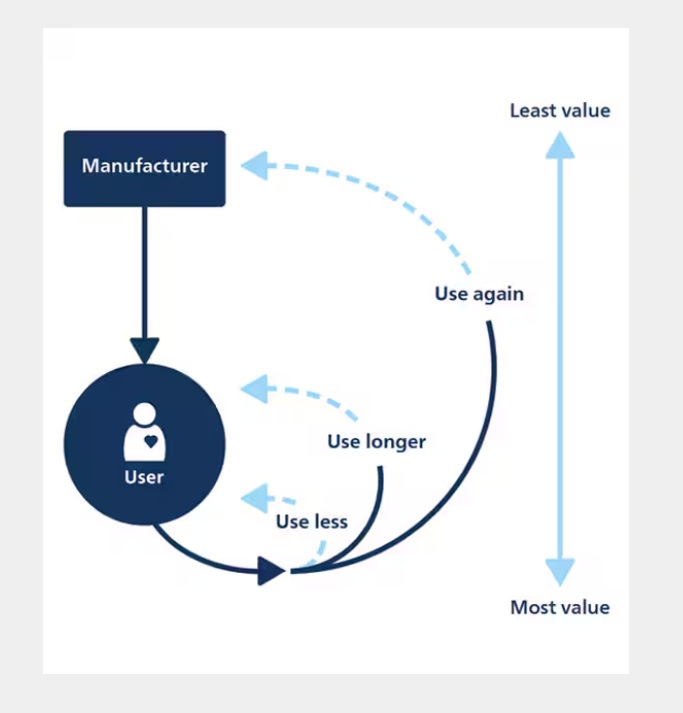
Uber and Airbnb contribute to the circular economy by allowing users to optimize resource utilization.
Brands are embracing the circular economy to drive sustainable outcomes. Companies like Patagonia, HP, IKEA, Unilever, Accenture, H&M, Adidas, Interface, Burger King, Cisco, John Deere, etc., have embraced it.
Circular Economy Adoption Around the World
According to the USA Circularity Index report, 35 percent of the biggest U.S. companies by revenue stand out for integrating comprehensive strategies for circular processes.
The U.S. is moving towards a circular economy relatively slowly, and it’s still in its early stages.
The European Union’s circular economy action plan aims to reduce pressure on natural resources and create sustainable growth and jobs. One of its core objectives is to focus on the sectors that use the most resources and where the potential for circularity is high, such as electronics and ICT, batteries and vehicles, packaging, plastics, textiles, construction and buildings, food, water, and nutrients.
For Asia Pacific, the circular economy framework is trying to identify key sectors for the transition, harmonise circular products and services, and promote financing of the circular economy. Japan, China, Vietnam, and Indonesia all have national circular economy policies/strategies.
India also has launched a circular economy action plan focusing on 10 sectoral areas.
The African Union too has developed a Continental Circular Economy Action Plan, which identified water, waste, energy, agri-food, transport, tourism, plastics, textiles, and electronics as focus industries.

Launched in 2024, Australia’s commitment towards a circular economy is to double its circularity by 2035, focusing on key sectors like industry, built environment, agriculture, and resources. New Zealand has included the circular economy in its First Emissions Reduction Plan. The country aims to transition towards a circular economy by 2050.
5. AI and automation: Enhancing ESG reporting
Proper data collection is a challenge in ESG reporting. Factors like the lack of standardized frameworks, diverse data sources, and data management complexity affect data accuracy, consistency, and comparability.
In response, recently, companies are increasingly turning to AI and automation to bridge these gaps in ESG data practices.
Marr believes that AI and automation are becoming key players in ESG strategies. They are helping companies track environmental impact and streamline operations to reduce waste.
Artificial intelligence and automation help ESG reporting by enabling real-time data collection and analysis. AI simplifies complexity by accurately gathering and integrating data from multiple sources into an integrated data hub, thus saving time and reducing errors.
AI can identify patterns and anomalies in real time. Process automation minimizes human errors and ensures data is accurate, consistent, transparent, and compliant with regulations.
AI is also helping ESG practices with predictive analytics, enabling more informed and strategic insights. The ability to anticipate trends and respond quickly to challenges can provide a significant competitive advantage.
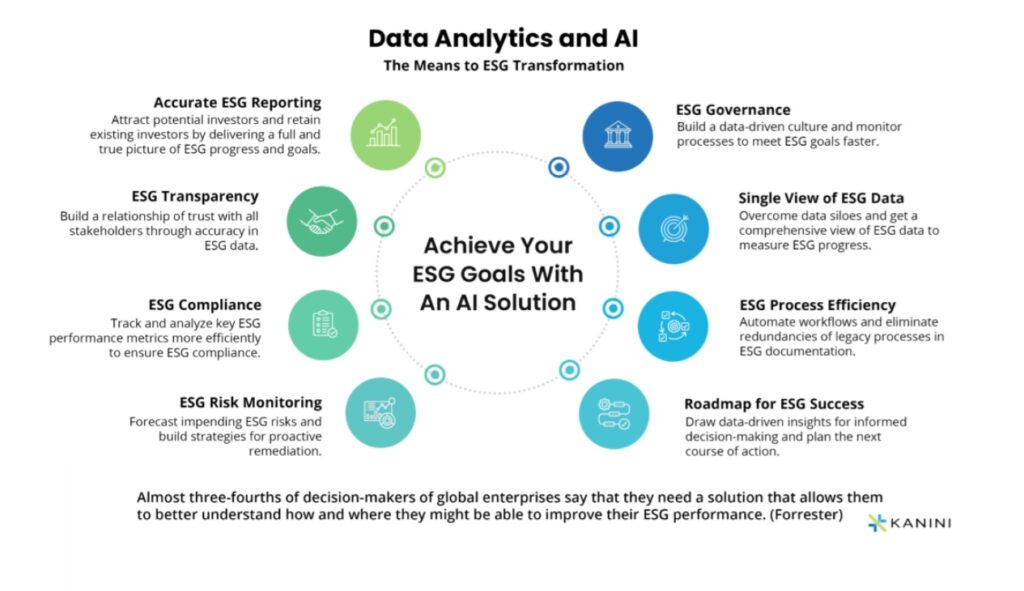
6. Water Conservation: Addressing Global Scarcity
A UN Environment Programme (UNEP) report predicts that by 2025, 1.8 billion people worldwide are likely to face absolute water scarcity.
Marr believes that water conservation is critical, and industries must act quickly.
The impacts of the water crisis on business are increasing. Effective water management is not just an environmental responsibility anymore. In 2025, it’s a corporate responsibility and a business necessity. The water shortage is not sustainable from either a human or business standpoint. Sustainable water supplies are not guaranteed anymore.
Thirsty industries like manufacturing, agriculture, energy production, beverages, and textiles that rely heavily on water are undergoing rapid modernization.
From using artificial intelligence to predict consumption and manage extreme uncertainties, to integrating smart systems for heating and cooling, and implementing cybersecurity for critical infrastructure, technology is playing a key role. Digital solutions like IoT sensors can spot various water losses in real time.
To be water positive is not just about complying with stricter environmental regulations, but also about constantly rethinking how we can conserve, replenish, and reuse water in ways that benefit both business and the planet.
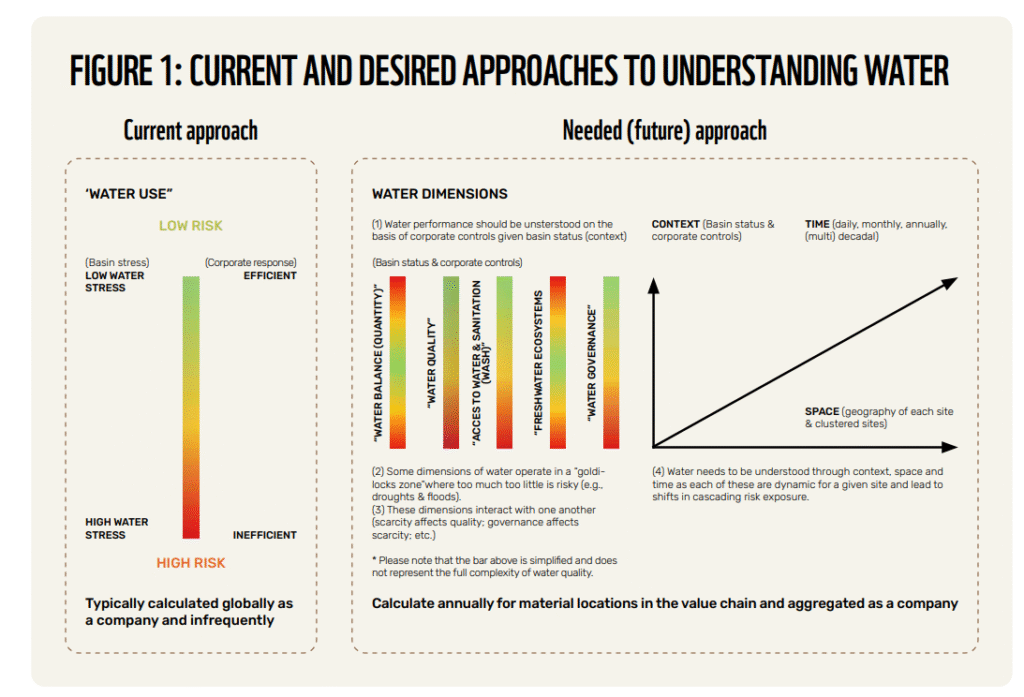
7. Transparency and accountability are non-negotiable
As regulators get tough and consumers become environmentally conscious, pushing back against greenwashing has started. However, the practice persists. Corporate greenwashing continues to mislead stakeholders.
To bust greenwashing, transparency and accountability are key. Marr says that transparency and accountability are non-negotiable. Consumers are rising up against greenwashing and are demanding real, verifiable progress.
At the onset of 2025, the International Auditing and Assurance Standards Board (IAASB) and the International Ethics Standards Board for Accountants (IESBA) have released new guidance to assess organizations’ environmental, social, and governance claims. Around 130 countries have reflected IESBA’s guidelines for financial reporting in their rules, reports Reuters.
Companies must prioritise genuine, transparent sustainability actions to build trust and avoid backlash. In 2025, organizations are more cautious than ever about broadcasting their sustainability efforts due to the fear of being accused of greenwashing. The rise of greenwashing has cast a shadow over genuine sustainability initiatives too.
Broadly, organizations are protecting themselves from greenwashing by following six key principles:
a) Ensuring transparency by clearly communicating sustainability goals, practices, and progress through accurate, verifiable data.
b) Following recognized standards by aligning ESG reporting with accepted frameworks like GRI, SASB, or TCFD.
c) Conducting third-party audits by using independent verification to validate sustainability claims.
d) Training employees — educating teams about sustainability, compliance, and the risks of misleading claims.
e) Backing claims with data — measurable, evidence-based results.
f) Engaging stakeholders honestly by maintaining open dialogue with investors, consumers, and regulators.
8. Ethical and sustainable supply chain
In 2025, organizations are facing a new wave of complex and interlinked challenges. Bringing sustainability and best ESG practices to each supply chain function can help companies stay competitive and resilient.
Only a third of leaders have a deep understanding of supply chain risks, finds McKinsey’s 2024 Global Supply Chain Leader Survey. Transparency and lack of visibility reign supreme, weak labor standards in source countries make ethical practices cumbersome, third-party oversight challenges hamper effective monitoring, lack of standardized metrics makes benchmarking inconsistent, complex legal and compliance challenges vary across regions, and supplier resistance often stalls ESG improvements.
Marr believes that ESG is not just about the company alone; it’s about the entire supply chain. Ethical sourcing and fair labor practices are becoming expectations, not exceptions.
From driving decarbonization to circularity and traceability, sustainable sourcing practices are supporting cost reduction and growth, enhancing ESG footprints, increasing transparency, mitigating risks, and helping organizations comply with regulations.
9. ESG skill challenge
A recent LinkedIn study, after analyzing its own data, predicts that the industry needs to double the size of the green talent pool by 2050, at a bare minimum, to keep pace with projected demand.
Roughly half of the green jobs will lack qualified candidates unless we focus on upskilling the workforce to acquire the skills necessary to meet this demand.
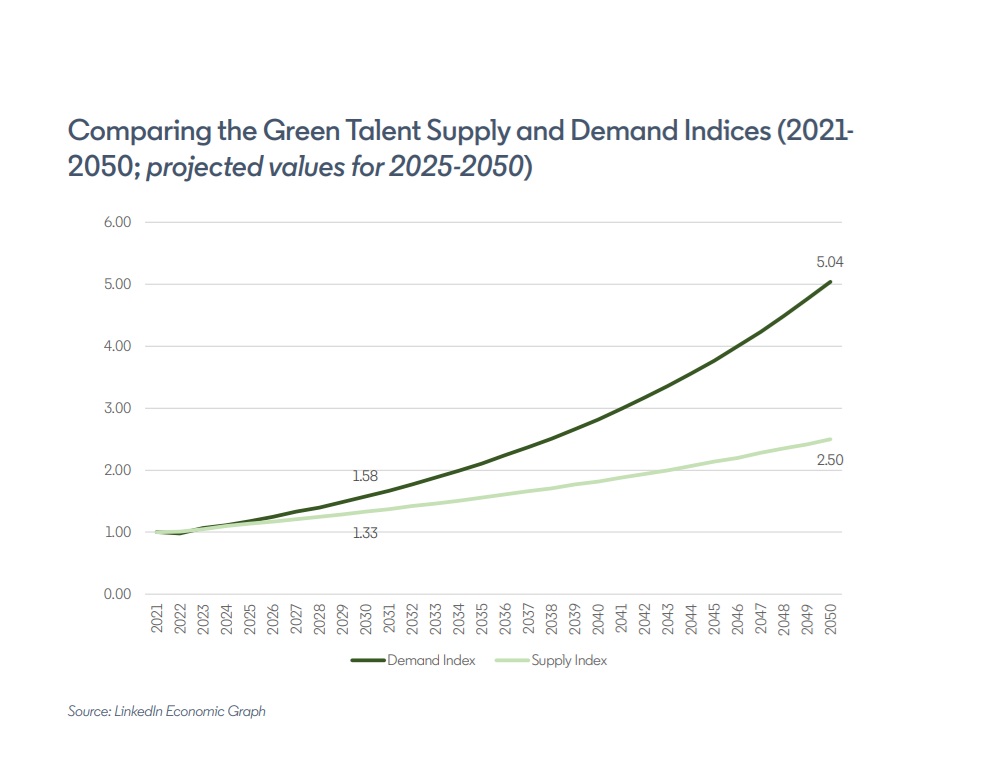
Marr believes that there is a growing gap between the demand for ESG expertise and available talent. In 2025, smart companies are investing in upskilling their workforce.
Sue Duke, VP of Public Policy and Economic Graph at LinkedIn, says:
Every climate goal around the world, every commitment made, is at risk if we don’t have a workforce that can deliver the change we urgently need. This year is an inflection point for our planet—and for workers—as countries and companies write new climate commitments; they must include explicit investments in the green workforce.
From boardrooms to supply chains, from AI labs to factory floors – climate, compliance, and conscious capitalism are colliding. The ESG wave is here. Those who will ride will thrive.


